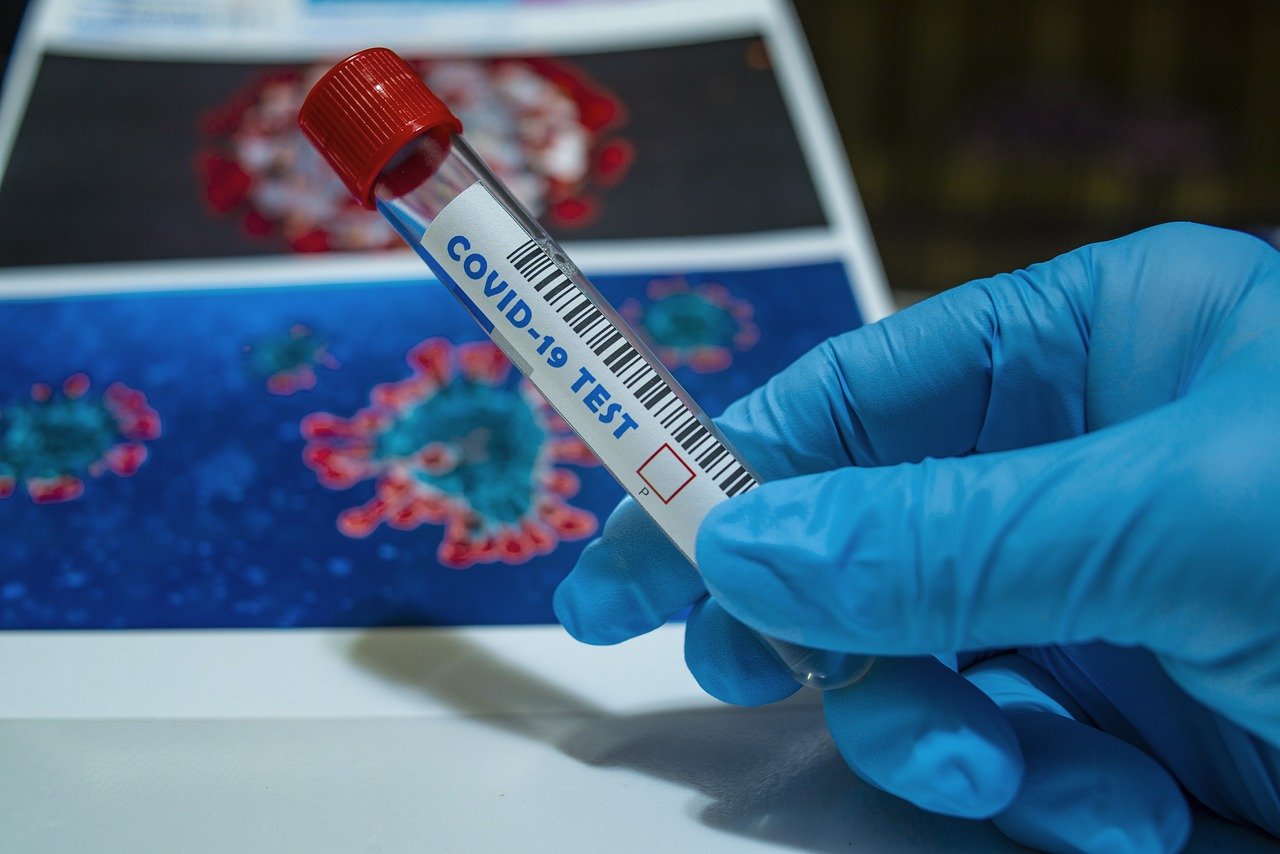A doctor will take your medical history, order some blood work and most likely perform a hair-pull test, in which they grasp small sections of hair from different parts of your scalp and tug very gently. If six or more strands fall out without resistance, it is a positive indicator of active loss. In some cases, your doctor may also order a biopsy to examine your hair follicles.
If your hair-pull test is positive and your scalp does not show signs of redness or scarring, which are indicators of other types of hair loss, you most likely have telogen effluvium. Most health care professionals advise waiting for hair to grow back on its own, because the phenomenon is known to be temporary. “A lot of what I do is counsel people when it occurs and play the role of a cheerleader for them, reassuring them that this will get better,” said Dr. Arash Mostaghimi, director of dermatology inpatient service at Brigham and Women’s Hospital in Boston.
Some dermatologists may recommend jump-starting the regrowth process by applying a topical solution of minoxidil, a hair-growth drug and the active ingredient in Rogaine, or taking it in pill form if you are anxious about the hair loss or have an big event like a wedding that’s making the situation feel urgent. But minoxidil can be a double-edged sword, Dr. Mostaghimi said. The drug sometimes causes shedding when you start taking it, as part of the process of switching your hair cycles back to normal. When you feel like you’ve achieved the fullness you want and stop taking minoxidil, you may lose some strands again before things stabilize, he added.
According to Dr. Garza, simply managing your stress may be another solution to telogen effluvium. “One thing I tell patients who come in for hair loss is that they might benefit from seeing a therapist, because we know that stress causes hair loss and hair loss also adds to stress,” he said. “Hair is a huge component of our identity.”
Most dermatologists agree that turning to hair loss supplements and shampoos, while tempting, is not likely to solve your problems. “People like to feel that they are much more in control of their skin, hair and nails through the things that they consume than they really are,” Dr. Mostaghimi said. Supplements, for example, are not rigorously tested or well-regulated. And most people already get plenty of the vitamins and minerals they need for good hair growth by eating a varied diet, Dr. Mostaghimi said. “I discourage people from being too aggressive in trying these because you may end up spending a lot of money on these items when the benefits are marginal if any.”
Most people will have some short regrowth even before their hair loss completely subsides. Treatment can help you grow hair back within four to six months, Dr. Green said. But if you decide to wait things out, your hair will grow back naturally. It may take 12 months or more, especially if you wear a shoulder-length or longer style, because hair grows extremely slowly — usually less than half an inch per month.
Some people may never feel like their hair has returned to its previous volume: Doctors said they have noticed that telogen effluvium can occasionally set off other types of more permanent hair loss, such as female- or male-pattern baldness, though they don’t know why. In other cases, telogen effluvium may be a sign of an ongoing health issue, like a thyroid problem or autoimmune disorder, Dr. Green said.
It’s best to handle your hair with care while you wait for it to grow back. Avoid using heat styling tools or hairstyles that cause a lot of tension, like a tight ponytail that may further weaken the hair follicles. And try to be optimistic about the process. “The majority of my patients who came to me in the beginning of the pandemic are already doing better,” Dr. Mostaghimi said. “Their hair has recovered and they are able to express themselves with their hair the way that they want.”

